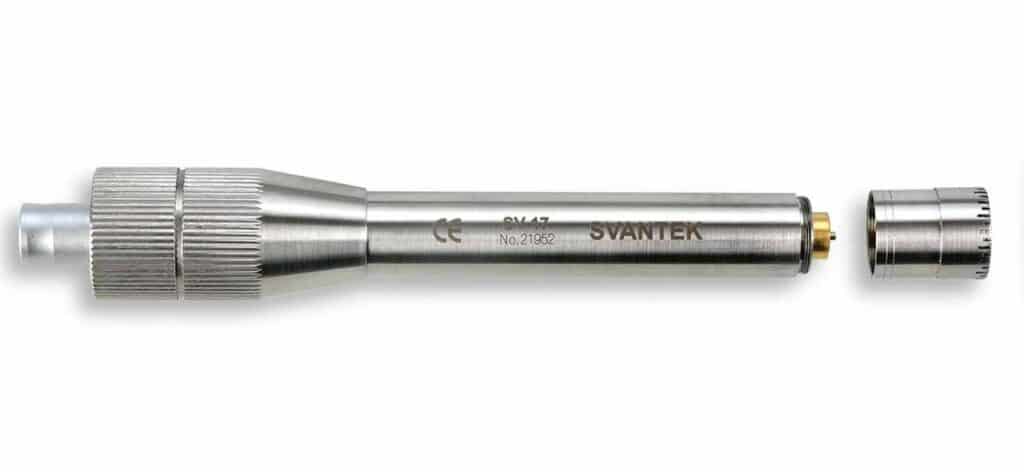Microphone: Types, Characteristics, and Uses
A microphone is a transducer that converts sound waves into electrical signals. We distinguish between measurement microphones, designed for precise registration and measurement of sound levels, and acoustic microphones, intended for general audio applications. Acoustic microphones are used for recording or transmitting sounds, such as on stage, in recording studios, or during telephone and internet conversations. In contrast, measurement microphones are primarily utilized in acoustic research.

